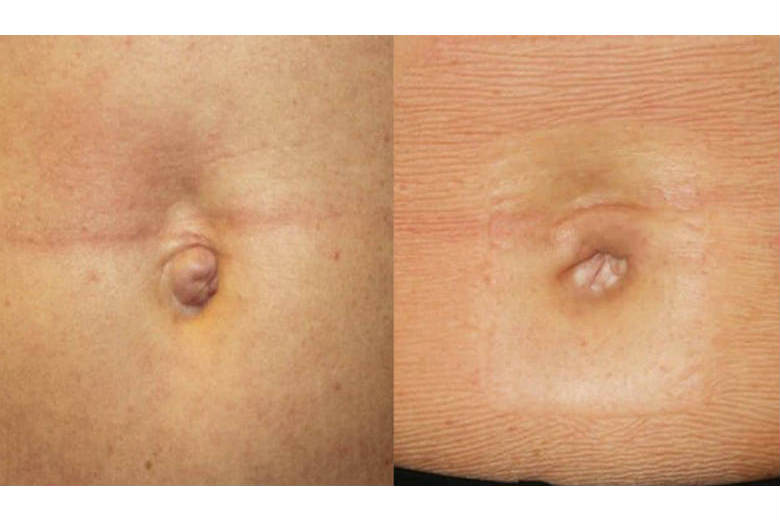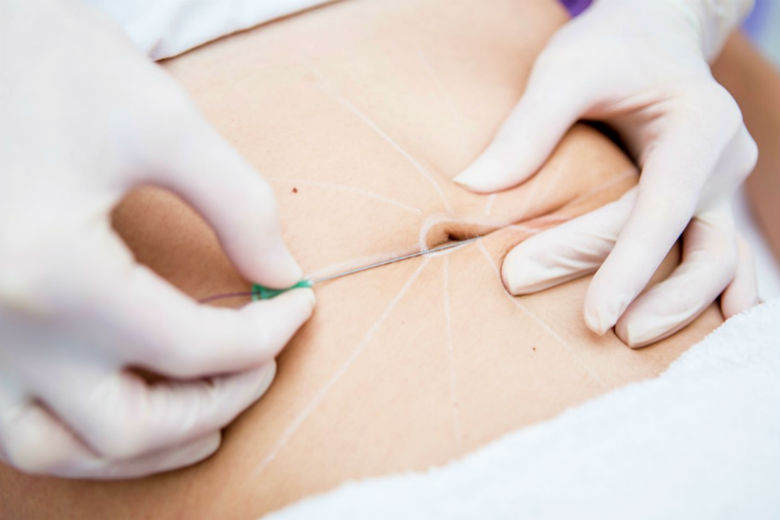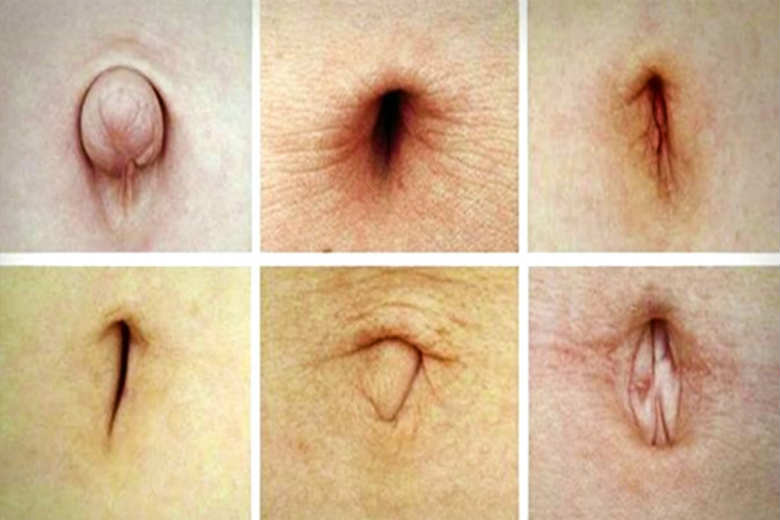Gone are the days when the scope of cosmetic surgery procedures was limited to a simple nose job or a little complicated boob job. Now, a cosmetic procedure exists for almost every part of your body. Surprising but true. You may have no idea, but there is even a surgical procedure that aims to enhance your belly button’s aesthetics and is exceptionally high in demand! Though the shape of this essential cosmetic feature of the stomach is determined at birth, it can alter over time due to several factors. If your belly button also shows undesired changes, you can restore or improve it to make it look new. Keep reading to know the ins and outs of belly button surgery.
A Brief Background
Begin with a quick background check. What precisely is the ‘belly button’? The belly button, or ‘umbilicus,’ is the scar formed in the body when the doctor cuts the ‘umbilical cord’ at birth. While in your mother’s womb, this cord nourished and connected your skin to the underlying muscle. Consequently, severed during birth results in a scar either inside or outside the hole, influenced by genetic factors such as how it is attached to the abdominal muscles and the skin’s and the muscles’ elasticity.
Typically, the scar is formed inside the hole and is called an ‘innie.’’ But if it sticks out, it is called an ‘outie.’’ The belly button surgery came into serious consideration when an increasing number of women started seeking a perfectly shaped belly button by turning an ‘outie’ into an ‘innie’ or reducing the size of the hole a little for a less prominent look. Today, it has become the hottest cosmetic surgery trend in America with the rise of belly button piercing or navel-exposing fashion (1).
Read Also – Reshape Your Flabby Upper Arms With An Arm Lift Surgery
What Is A Belly Button Surgery?
A belly button surgery, also known as ‘umbilicoplasty,’’ is a low-risk cosmetic procedure that women usually consider for modifying the appearance of their belly buttons or navels. Earlier, it was a treatment option for umbilical hernias in infants. But now, this surgery is performed to create a more aesthetically pleasing look by changing the shape and size of the belly button. Though there could be various reasons to alter the belly button, giving it a little more vertical shape from the horizontal one is the most common one known so far. ‘umbilicoplasty’ is broadly used for belly button surgery, umbilical hernia repair, and classic tummy tuck. Therefore, the belly button surgery can be performed as a standalone procedure or in combination with a tummy tuck lower body lift or any other abdominal surgery like liposuction (2).
Why Is It Done?
Different people have different reasons for having their belly buttons reshaped. Those are as follows (3):
- Turning an ‘outie’ into an ‘innie’ or bringing the hidden button out from the folds of flesh or wrinkles.
- Getting a younger-looking circular shape by fixing issues like too large, too small, deflated, widened, elongated, one-sided, or inverted belly buttons.
- Restoring the belly button that has become shorter, stretched, or protruded due to pregnancy.
- I am correcting herniated belly buttons to eliminate the little lump sticking out next to the hole.
- Revisioning the scar caused by an old or rejected belly button piercing.
- I am repairing misshapen belly buttons after a dramatic weight loss or weight gain.
- We are creating a new navel when there is no belly button at all or a poorly shaped one since birth or due to previous abdominal surgeries.
Read Also – Areola Reduction Surgery: Procedure, Recovery, Costs, And Benefits
Ideal Candidates
Individuals of good overall health who are dissatisfied with the aesthetics of their belly button qualify as suitable candidates for this surgery. However, candidates should not tend to keloid scars or a history of healing complications from previous surgical procedures. Future pregnancy plans should be absent, and candidates are required to cease smoking, drinking, and certain medications and supplements.
The Surgical Procedure
- You are administered either local anesthesia with sedation or general anesthesia to ensure maximum comfort during the procedure.
- Then, your surgeon makes a small incision inside or very close to the belly button so that it remains hidden after the surgery.
- Next, he eliminates the extra part of the skin around your belly button or hangs a small patch of abdominal skin over it based on your unique requirements. The angles can also be trimmed to give a higher or lower appearance.
- Finally, he makes it secure using dissolvable or non-dissolvable stitches and applies a light dressing.
Time Required
A standalone belly button surgery takes around 1 hour to get over. However, it can be longer if combined with other procedures.
Post-Operative Care
Though you can return home almost immediately following the procedure, there will be mild pain and discomfort for the first few days. Your physician may recommend painkillers to control these. The process can also come with minimal swelling and bruising. But all those will subside in a couple of days. Just make sure that you keep your belly button area clean and dry.

Belly Button Surgery – Before & After
Recovery And Downtime
The recovery from a belly button surgery is relatively quick, and there is minimal downtime only. You can resume light activities in a day or two, while recovery may take a week. If there is a visible scar, expect it to fade within a few months.
Risks And Complications
This is a very safe surgery. But like any other surgery, it also carries some risks. These are nausea, dizziness, severe bleeding, infections, persistent pain, numbness, excessive scarring (broad and thick), edema, asymmetry, anesthesia-related issues, etc.
Lasting Time
Your belly button surgery results will last as long as you maintain a stable body weight.
Costs Involved
The average cost of a belly button surgery procedure can range from $2,500 to $5,000.
Summary
The cosmetic surgery realm has expanded beyond traditional procedures, embracing modifications for almost every body part. Surprisingly, belly button surgery, or umbilicoplasty, is gaining popularity, particularly as belly-button-exposing fashion trends rise. This low-risk procedure aims to enhance the aesthetic appearance of the navel, catering to various desires such as transitioning from an ‘outie’ to an ‘innie,’ achieving a more youthful circular shape, or correcting issues arising from factors like pregnancy or weight changes. Read on to explore the details of this evolving cosmetic trend.
References:
- “Umbilicoplasty or Navel, Belly Button Surgery Information,” ConsultingRoom.com
- “Why Belly Button Plastic Surgery Procedures Are Trending Right Now,” Allure.com
- “Is Umbilicoplasty Right For You?“, Healthline.com


